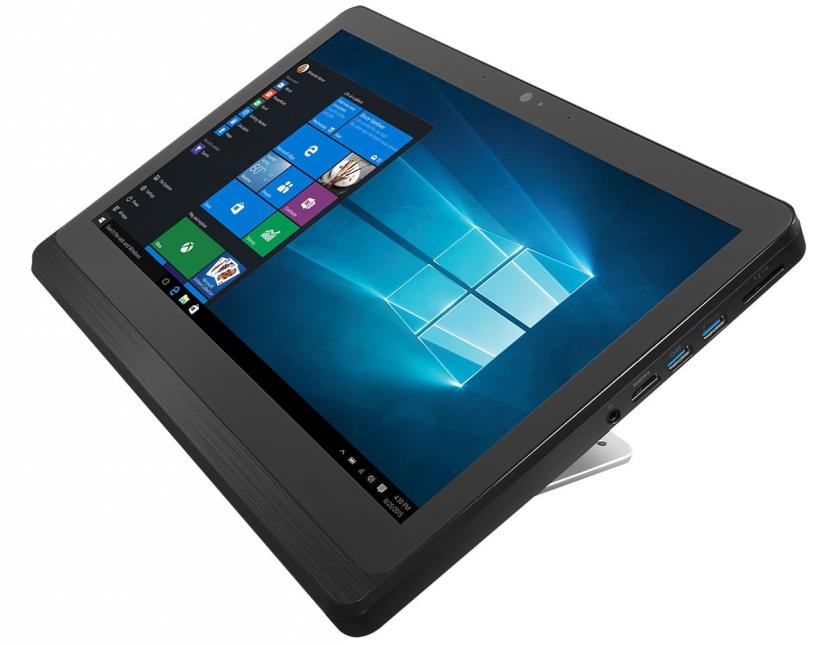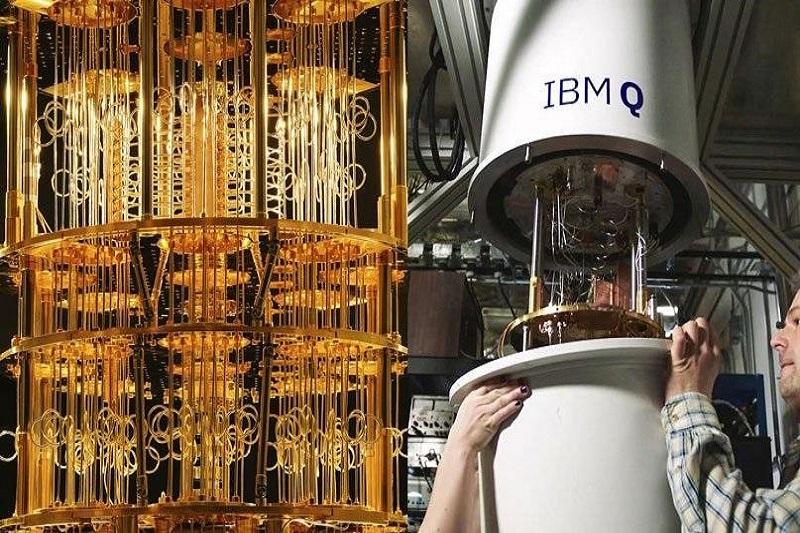What Computers Will We Use In The Future?
30 Years Ago, Having A Line Of Mobile Phones And Portable Smartphones Was The Height Of Glory.
Now our smartphones are personal computers that can process natural language commands and run artificial intelligence models on the device.
According to experts, in 30 years, we will have flying cars, robot servers, and colonies on Mars.
However, imagining these technologies at the current stage may be difficult.
However, in the next 30 years, the developments in the computer field will not be as specific as in previous years. We are gradually approaching the end of Moore’s Law, and when it comes to building more powerful classical systems, we may sacrifice efficiency to achieve some factors. To be more precise, currently, active companies in the field of chip manufacturing are trying to overcome Moore’s law and implement robust classical systems.
On the other hand, we are entering the world of new computing paradigms. It is clear that, at some point, we will move past the traditional form of cloud computing, but whether these advances will come in 30 years or 50 years, or a century is another matter that requires a separate article.
So, in this article, let us imagine a world in which the four primary computer systems of the future ( classical, photonic, hybrid, and quantum ) will all be widely available. If we are a little optimistic, we should say that there is a possibility that we will see the arrival of these processing systems by 2051. With this introduction, we will go to a short definition of these robust processing systems.
Classic computers
People who think it’s time to say goodbye to binary systems and now it’s time to focus on quantum technology should know that classical computers will be with us for at least another 30 years.
Comparing binary systems with quantum computers is like comparing pen and paper with hadron colliders. The average person doesn’t need direct access to a quantum computer or a Hadron Collider in their lifetime, but we all benefit from their existence.
Think of your smartphone. Smartphones may have existed then as glass gadgets or brain implants, but the concept and function are the same. In the next 30 years, there will be a similar device. We still need onboard processors to run specific algorithms and applications, which smartphones already do.
Binary computers of the future will perform most of the tasks of today’s binary computers. But classic computers can act as an interface to more robust systems for jobs that require more power (than we expect from future computers). Like today’s smartphones, future models must be powerful enough to connect to cloud services.
As stated, you will have something similar in 30 years with the iPhone. Maybe you have smart glasses or a neural implant. Either way, the gadget you’ll be using will need enough internal processing power to run separate algorithms and programs, just like an iPhone does today.
Photonic computers
These computer models will be fascinating systems that don’t exist yet, but the big idea behind them is to use photons instead of electricity to process information. Electrons can move at high speed. To be more precise, have a rate in the range of the speed of light. Therefore, the calculations are done without you realizing it.
This idea theoretically suggests that we can create computer systems that can transmit, process and manage information at the speed of light. Researchers from IBM and the Skolkovo Institute of Science and Technology have recently developed a photonic switch that can be used instead of silicon transistors.
Photonic computers can perform calculations thousands of times faster than today’s most powerful binary supercomputers. These systems consume less energy due to their operation.
The technology is estimated to be perfect in the next 30 years. The most significant advantage of the above system is the emergence of the fifth level of self-driving vehicles.
In other words, level 5 autonomous vehicles will have the highest independence and autonomy without human supervision.

In addition, thanks to photonic computers, it is possible to design a giant supercomputer in the dimensions of a small car. Of course, in this case, the massive supercomputer gives way to the photonic microcomputer, which can provide 100 to 1000 times the computing power of classical systems with one-hundredth of the energy.
“Photons don’t wait for each other,” believes Alexandra Moilett, a Ph.D. student in quantum computing at the University of Bristol in England. So, you have to make every photon at the same time.” They are lost if the photons are even a trillionth of a second apart. Each photon within the system can increase the probability of other photons being incoherent, as an error leads to more mistakes. The greater the number of missing photons, the easier for a classical computer to simulate the photon distribution.
Hybrid computers
Given that the emergence of hybrid computers is one of the essential prospects in information technology, let’s talk a little about hybrid quantum-classical systems in this section. We mentioned earlier that quantum systems sometimes need classical methods as their portal, interface, or controller. But there is another paradigm where the system switches between classical and quantum computing or integrates both results to execute a particular algorithm. It is possible to interact between photonic computers and quantum systems, but explaining this requires a detailed article.
It is worth considering that these systems could be the first quantum computers that can be purchased in retail stores. Don’t forget that it will take at least 30 years to get quantum computing to a level where we can build a time machine in our basement and travel through time.
More precisely, quantum systems are considered and developed as solutions to specific problems.
For this reason, most of us will not have such computers. You cannot edit video faster by installing an API on your IBM Q system and choosing to enable Quantum Mode.
But theoretically, it is possible to build a system that can run airport flight scheduling software with the help of classical multitasking (for infrastructure management) and quantum algorithms (for mathematical calculations that are too complex for traditional processors).
Imagine similar systems that already exist at the grassroots level. In the next 30 years, large businesses with liquidity in billions of dollars will purchase and install the advanced generation of these quantum-hybrid systems as their IT infrastructure.
Quantum computers
The exciting part of this article is quantum computers. Quantum computers are about 30 years away from us, and depending on the user and purpose of using the computer, he may never need quantum computers.
Today, quantum computers are built at the experimental stage in laboratories, are very expensive to manufacture, and are mainly used to solve one or two mathematical problems. It is impossible to imagine when practical quantum processing will become available.

The race for quantum computing supremacy has intensified in the past few years. In just 200 seconds, Google’s quantum computer managed to perform an operation that, according to researchers, would take a classical computer 10,000 years to solve. It is worth mentioning that IBM researchers are also busy solving a problem that a classic computer can solve in three days.
“We are citing our method as a possible route to quantum supremacy,” said Jian Wei Pan and Chao Yang Lu of the University of Science and Technology of China. Scott Aronson, a theoretical computer scientist at the University of Texas at Austin, says:
“I’m not sure, and it seems like a difficult path, But as one of the inventors of boson sampling, I am happy to witness the progress of another path as well.”
But it can be said that these systems will significantly change the world of information technology in the next 30 years. Quantum computers can help us develop cold fusion, warp machines, and artificial intelligence.
Our goal here is not to exaggerate the capabilities of quantum computers. Still, their chemistry, drug discovery, and pathology applications are not comparable to today’s standard systems, so that those plans will save millions of lives.
But if we are talking about strange and strange work at long distances or processing at the speed of light, we cannot comment with certainty about the future. It may take ten years, 30 years, or even 100 years for these technologies to mature.











